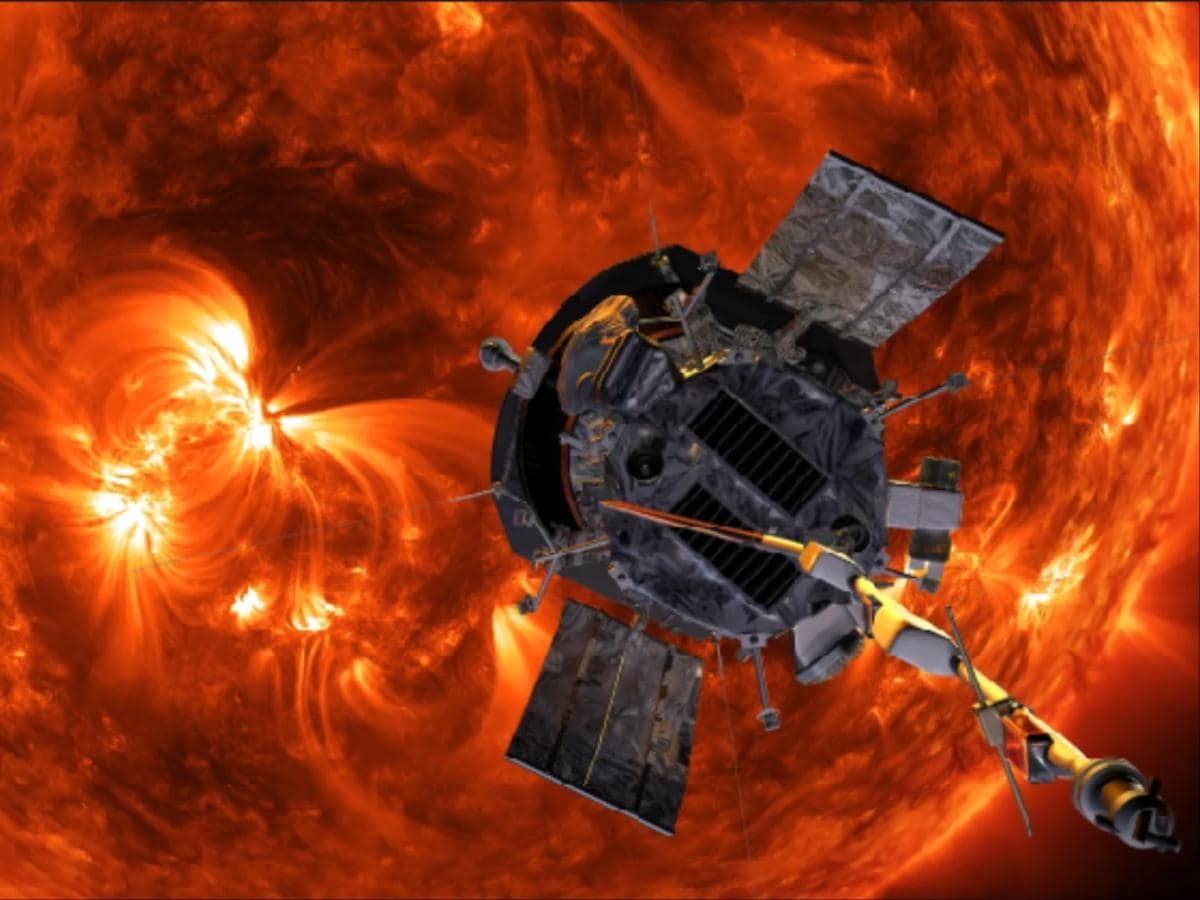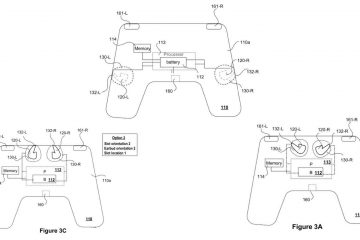Aditya L1 spacecraft is set to arrive at its cosmic objective, Lagrange Point 1 (L1), on January 6, 2024. Indian Space Research Organisation (ISRO) Chairman S Somanath stated, “Aditya L1 will enter L1 point on January 6. That is what is expected…exact time will be announced at the appropriate time.”
Aditya-L1 is a “satellite dedicated to the comprehensive study of the Sun”. The Polar Satellite Launch Vehicle (PSLV-C57) effectively launched the Aditya-L1 spacecraft on September 2, 2023. It is the first space-based observatory-class Indian solar mission to launch a comprehensive study of the Sun.
As per the ISRO, Aditya-L1 will remain around 1.5 million km away from the Earth, coordinated towards the Sun, which is around 1% of the Earth-Sun distance. Indeed, even the ISRO specifies on its site that upon reaching the L1 point, a manoeuvre wound tie Aditya-L1 to a circle around L1, a balanced gravitational region between the Earth and the Sun.
What ISRO has to do about the Aditya L1 mission?
As per the ISRO, Somanath mentioned when the Aditya-L1 spacecraft will arrive at the L1 point, “we have to fire the engine once again so that it does not go further.”
“The spacecraft is planned to be placed in a halo orbit around the Lagrangian point 1 (L1) of the Sun-Earth system, which is about 1.5 million km from the Earth,” the ISRO added.
Aditya-L1 has previously played out a “Trans-Lagrangian1 insertion manoeuvre”, which denoted the start of its 110-day trajectory to the objective around the L1 Lagrange point.
Aditya L1 mission: What’s next?
Somanath further added, “once it is successfully placed on L1 point, it will be there for the next five years, gathering all the data which are very important not for India alone but for the entire world”.
The Indian space agency added,”Aditya-L1 will neither land on the Sun nor approach the Sun any closer”. Aditya-L1 would investigate the Sun’s outer atmosphere because the Sun is a huge sphere of gas.
“The satellite (Aditya L1) (will) spend its whole mission life orbiting around L1 in an irregularly shaped orbit in a plane roughly perpendicular to the line joining the Earth and the Sun,” the ISRO further stated.
The ISRO chief stated that the information will be exceptionally valuable to comprehend the elements of the Sun and what it means for our lives.
About Aditya-L1 and its mission goals
Aditya-L1 is a “satellite dedicated to the comprehensive study of the Sun”. The Polar Satellite Launch Vehicle (PSLV-C57) effectively launched the Aditya-L1 spacecraft on September 2, 2023. This is the first such spacecraft which will be like a space-based observatory launched by ISRO to undertake an in depth study of the Sun.
The spacecraft has seven payloads to study the photosphere, chromosphere, and the outermost layers of the Sun (the corona) utilizing electromagnetic and molecule detectors. The ISRO stated, “Using the special vantage point of L1, four payloads would directly view the Sun and the remaining three payloads would carry out in-situ studies of particles and fields at the Lagrange point L1”.
The Aditya L1 payloads will provide the “most crucial information” to comprehend the issues of coronal heating, Coronal Mass Ejection, pre-flare and exercises, and their attributes, elements of space climate, the investigation of the engendering of particles, and fields in the interplanetary medium.
First Published: Dec 27 2023 | 3:40 PM IST
Note:- (Not all news on the site expresses the point of view of the site, but we transmit this news automatically and translate it through programmatic technology on the site and not from a human editor. The content is auto-generated from a syndicated feed.))



